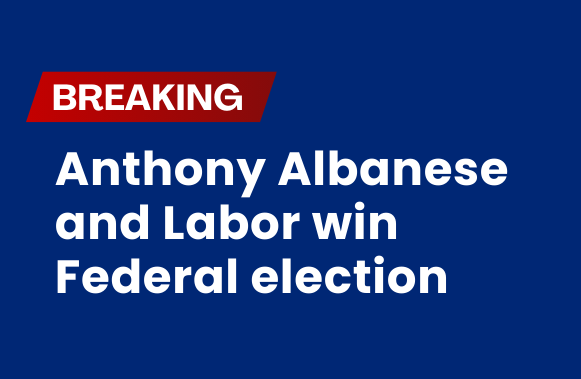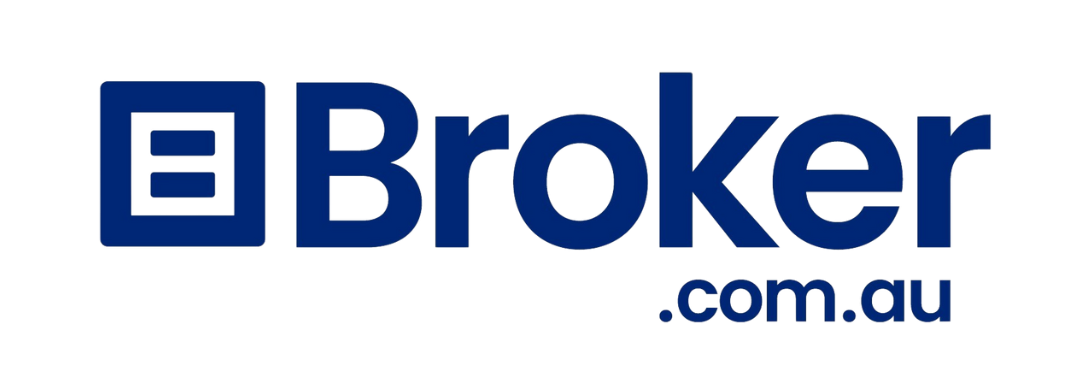Interest Rates Surge: Powerful Shifts After Australia’s 2025 Election

Share the News
Australia’s federal election on 3 May 2025 delivered a decisive victory for the Labor Party, granting Prime Minister Anthony Albanese a strengthened mandate to implement his policy agenda. This outcome is poised to significantly influence the nation’s economic landscape over the next 12 months, impacting interest rates, housing markets, small business growth, and employment.
Interest Rates: Anticipated Easing Amidst Economic Headwinds
In the wake of Labor’s electoral triumph, the National Australia Bank (NAB) forecasts a substantial 100 basis point reduction in the Reserve Bank of Australia’s (RBA) cash rate by August 2025, commencing with a 50 basis point cut expected on 20 May. This aggressive monetary policy stance is a response to recent economic developments, including disinflation and subdued growth risks, prompting comparisons to past responses during the Global Financial Crisis and COVID-19 pandemic .
NAB has adjusted its 2025 GDP forecast down to 2% and revised peak unemployment expectations upward to 4.4%. The ALP government’s significant election win is expected to enhance policy execution and economic predictability, signaling a shift toward a more government-influenced economic model.
Housing Market: Policies Aimed at Affordability May Influence Prices
Labor’s housing initiatives, including the expansion of the First Home Guarantee scheme allowing first-time buyers to purchase with a 5% deposit without lenders mortgage insurance, aim to improve housing affordability. However, economists like Saul Eslake caution that such policies could inadvertently drive up house prices by increasing demand without a commensurate increase in supply .
The RBA’s February 2025 Statement on Monetary Policy notes that weak demand for new dwellings, partly due to earlier increases in the cash rate, is expected to constrain growth in dwelling investment over 2025 . This suggests that while demand-side policies may boost affordability for some, without addressing supply constraints, they could exacerbate price pressures.
Small Business Growth: Navigating Policy Changes and Economic Conditions
Small businesses, comprising nearly 98% of all Australian enterprises and employing over 4.7 million people, are closely monitoring the implications of Labor’s policies . The extension of the $20,000 Instant Asset Write-Off for 12 months is a positive development, providing immediate tax relief and encouraging investment .
However, concerns persist regarding increased regulation and potential neglect of certain regions. For instance, business leaders in North Queensland have expressed apprehension that the region may be overlooked due to all three local federal MPs being in opposition, potentially affecting local infrastructure and economic reform initiatives .
Additionally, the broader economic environment, characterised by subdued growth and cautious consumer spending, presents challenges for small businesses. Adapting to these conditions will require agility and strategic planning.
Employment: Shifts Driven by Technological Advancements and Policy Initiatives
The Australian labour market is undergoing significant transformations, influenced by technological advancements and policy decisions. The rise of artificial intelligence (AI) is leading to a decline in administrative and service roles, necessitating a re-evaluation of job roles and potential retraining for affected workers.
Conversely, Labor’s commitment to building 1.2 million homes and fast-tracking the qualification of 6,000 tradies is expected to bolster employment in the construction sector. These initiatives aim to address housing shortages while creating job opportunities.
However, the overall employment outlook remains cautious. The RBA anticipates that the unemployment rate will rise to around 4.4% by late 2025, reflecting the broader economic challenges and the need for workforce adaptability.
Summary: Anticipated Economic Trends and Sectoral Impacts
Over the next 12 months, Australia’s economic landscape will be shaped by the interplay of Labor’s policy initiatives and prevailing economic conditions.
-
Interest Rates: The RBA is expected to implement significant rate cuts, potentially totalling 100 basis points by August 2025, to stimulate economic activity amidst subdued growth and disinflation.
-
Housing Market: While policies aim to enhance affordability, without addressing supply constraints, there is a risk of upward pressure on house prices.
-
Small Business: Supportive measures like the Instant Asset Write-Off extension are beneficial, but businesses must navigate regulatory changes and regional disparities.
-
Employment: Technological shifts and policy-driven initiatives will reshape the labour market, necessitating adaptability and reskilling to meet emerging demands.
In this dynamic environment, stakeholders across sectors must remain vigilant and responsive to policy developments and economic indicators to navigate the challenges and opportunities ahead.
One thing we always tell our business clients is, if you are able to secure funding today at good terms, it really is a bird in hand situation. Act before any factors, whether political or otherwise, change the environment. Preparation is always a good play!
At Broker.com.au, we’re here to help you stay ahead of how shifting markets could affect your business finance. If you’re a business owner looking to secure the right loan structure in an evolving economy, we’re only a call away.
 1300 373 300 |
1300 373 300 |  [email protected]
[email protected]
For more expert insights on business lending, industry trends, and financial strategies, check out our full Resources & Learning page.

